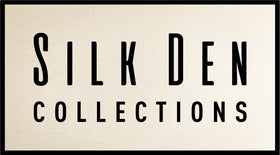Japanese Symbolism of the Royal Cart (Gosho Guruma)

1. Nobility and Prestige:
• The royal cart symbolizes nobility, high status, and the grandeur of the imperial court. It reflects the aristocratic culture of the Heian period (794-1185), when such carts were used by the nobility and imperial family.
2. Wealth and Luxury:
• Often lavishly decorated and constructed, the royal cart represents wealth, luxury, and opulence. It conveys the elegance and sophisticated lifestyle of the aristocracy.
3. Journey and Progress:
• The royal cart signifies a journey, both physical and metaphorical. It represents movement, progress, and the path of life, suggesting a journey towards enlightenment or personal development.
4. Cultural Heritage:
• Depictions of the royal cart highlight traditional customs and the historical significance of the imperial court. It emphasizes the importance of cultural heritage and the continuity of traditional practices.
5. Seasonal and Ceremonial Significance:
• The royal cart is often associated with seasonal events and ceremonies, symbolizing participation in important cultural and religious activities. It adds a festive and formal element to textiles.
Usage in Traditional Textiles
1. Kimono and Obi:
• The gosho guruma motif is commonly used in formal kimono and obi designs, especially for occasions that require a display of elegance and tradition, such as weddings and tea ceremonies.
2. Wedding Garments:
• Due to its connotations of prestige and luxury, the royal cart is a popular motif in bridal kimono, symbolizing a prosperous and auspicious future for the couple.
3. Decorative Arts:
• The motif is also found in various decorative textiles, including wall hangings, screens, and ceremonial fabrics, enhancing the visual appeal and cultural depth of the items.
